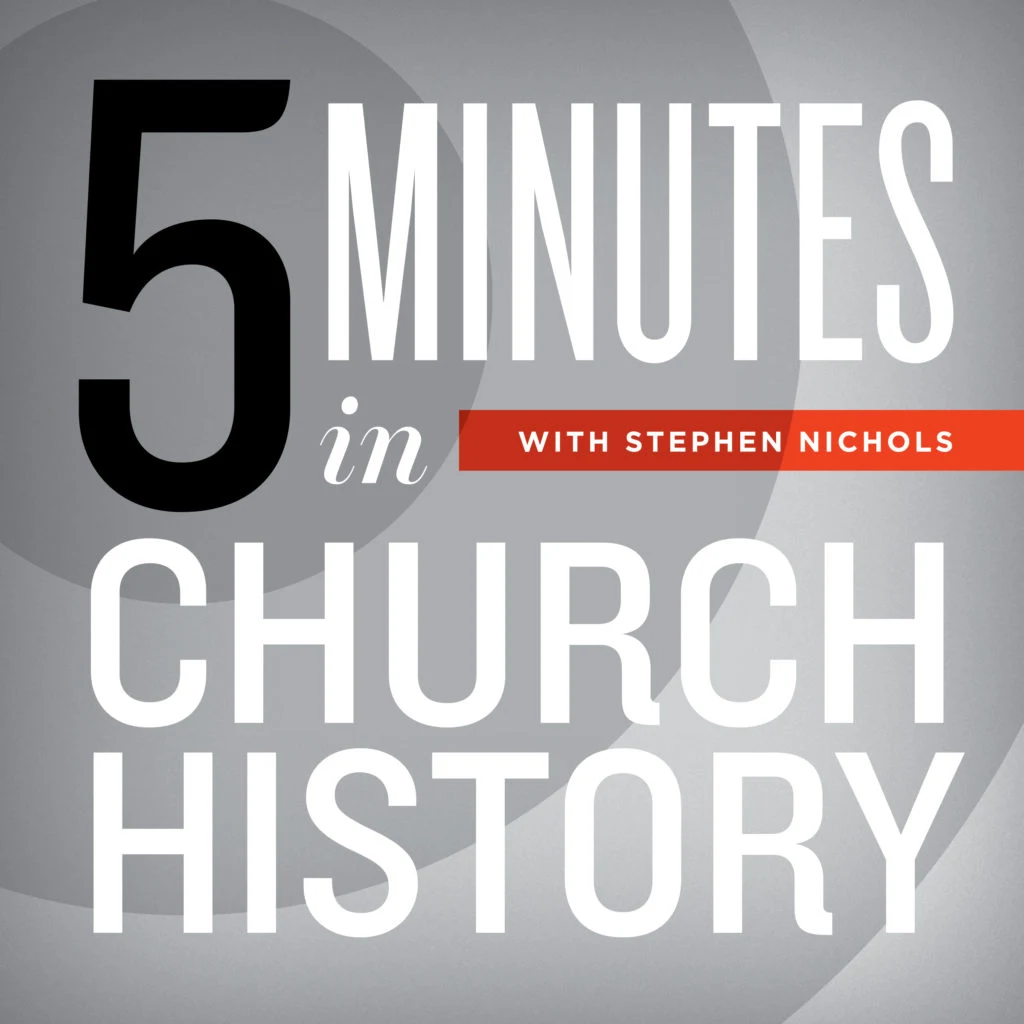Three Christmas Hymns

Christmas comes with the reminiscent sound of carols and hymns. On this episode of 5 Minutes in Church History, Stephen Nichols explores the intriguing history behind three classic Christmas hymns.
It’s December 25, and as they say in Great Britain, happy Christmas! On this occasion let’s talk about three Christmas hymns. The first is “O Little Town of Bethlehem.”
The fourth stanza reads:
O holy child of Bethlehem,
descend to us, we pray.
Cast out our sin and enter in;
be born in us today.
We hear the Christmas angels
the great glad tidings tell.
O come to us, abide with us,
our Lord Emmanuel.
This hymn was written by Phillips Brooks. He was rector of the Church of the Holy Trinity in Philadelphia, which is on Rittenhouse Square, a historic part of Philadelphia. Rittenhouse Square was one of the five original city squares designed by William Penn in 1681. In 1865 Phillips Brooks visited Bethlehem, and that charming little town stuck in his memory. In 1868 as Christmas was approaching, he was inspired by memories of that visit, and he wrote the lyrics. He then prevailed upon the organist of the church, Lewis Redner, to write a tune. This all happened in the week leading up to Christmas. And there in the church “O Little Town of Bethlehem” was sung for the first time. Phillips Brooks thought this hymn wouldn’t make it much past 1868, but he was wrong. In a bookstore on Chestnut Street in Philadelphia the next year, printed sheet music of “O Little Town of Bethlehem” appeared, and it’s been in hymnals ever since.
Our second hymn is, as Charles Wesley called it, a hymn for Christmas Day. We know it as “Hark! the Herald Angels Sing.” The original first line was not that, however. The first line was, by Charles Wesley, “Hark! how all the welkin rings.” What is a welkin? If we remember our Shakespeare and go back to King John, we recall this line: “The sun of heaven, methought, was loathe to set, / but stay’d and made the western welkin blush.” Welkin means the sky, or the vault of heaven. George Whitefield wasn’t sure about that line, so he changed it to “Hark! the herald angels sing.” Mendelssohn provided the tune, and today we have this great hymn, “Hark! the Herald Angels Sing.”
Our third hymn is a Latin hymn, “Adeste Fideles.” (To hear a beautiful version of the Latin, look up Pavarotti’s 1979 performance.) The origin of this hymn is unknown to us. Some claim that medieval monks wrote it. The earliest manuscript attributes it to King John IV of Portugal. He lived during the 1600s. He was quite a musician and also collected a massive library of music, so he might have put his name to it. But we don’t know exactly who wrote it. Of course, it has been translated into English. But every once in a while I try to sing it in the Latin. (I wonder if people next to me think I’m speaking in tongues as I sing it in Latin, but you should try it.) Try at least the opening line, “Adeste fideles” and the refrain or the chorus. In Latin it is simply, “Venite adoremus, venite adoremus, venite adoremus, Dominum.” “O come, let us adore him, Christ the Lord.”
Recent Episodes
A Little Church History of a Middle Colony: Early Influences
December 10, 2025|American Church History
Gunpowder and a Proclamation
December 3, 2025|Geographical Perspectives
Thanksgiving in Church History
November 26, 2025|American Church History
3 Sermons on the Hallelujah Chorus
November 19, 2025|General Church History
Charles Jennens’ Libretto
November 12, 2025|General Church History
Cyprian of Carthage: Crisis in the 3rd Century
November 5, 2025|General Church History
